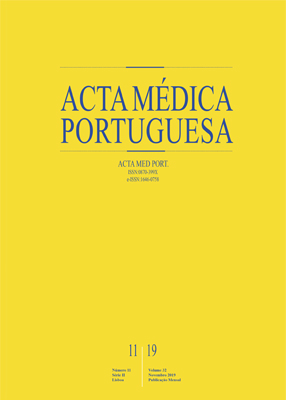Contralateral Upper Limb Weakness Following Botulinum Toxin A Injection for Poststroke Spasticity
DOI:
https://doi.org/10.20344/amp.11503Keywords:
Botulinum Toxins, Type A/adverse effects, Muscle Weakness/etiology, Upper ExtremityAbstract
Botulinum toxin type A has been approved for spasticity management in poststroke patients. The adverse effects are generally of two types: those related to local injection; and those related to the systemic effects from spread of the toxin. Contralateral weakness after botulinum toxin A treatment is a rarely reported adverse effect. We report the case of a 33-year-old female who had been receiving regular injections of incobotulinum toxin A due to spasticity of the right limbs after a hemorrhagic stroke. A switch was made to abobotulinum toxin A with an overall conversion ratio of 1:3.83. The patient presented contralateral upper limb paresis, especially of the deltoid muscle, in the second week post-injection. The electroneuromyography showed neuromuscular block due to botulinum toxin A. She recovered completely after eight months. A switch between different formulations of botulinum toxin type A should prompt caution when carrying out unit conversions. Distant side effects may appear, including paresis in the contralateral limbs.
Downloads
Downloads
Published
How to Cite
Issue
Section
License
All the articles published in the AMP are open access and comply with the requirements of funding agencies or academic institutions. The AMP is governed by the terms of the Creative Commons ‘Attribution – Non-Commercial Use - (CC-BY-NC)’ license, regarding the use by third parties.
It is the author’s responsibility to obtain approval for the reproduction of figures, tables, etc. from other publications.
Upon acceptance of an article for publication, the authors will be asked to complete the ICMJE “Copyright Liability and Copyright Sharing Statement “(http://www.actamedicaportuguesa.com/info/AMP-NormasPublicacao.pdf) and the “Declaration of Potential Conflicts of Interest” (http:// www.icmje.org/conflicts-of-interest). An e-mail will be sent to the corresponding author to acknowledge receipt of the manuscript.
After publication, the authors are authorised to make their articles available in repositories of their institutions of origin, as long as they always mention where they were published and according to the Creative Commons license.









